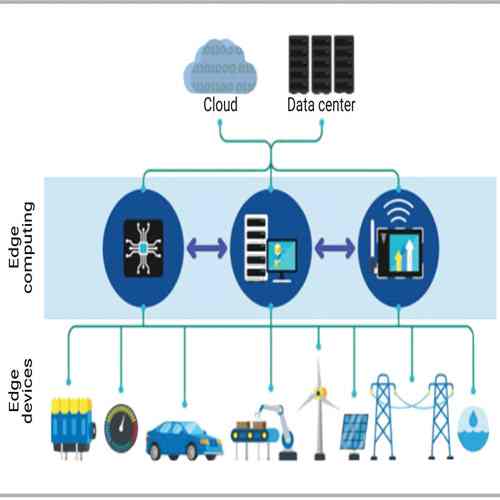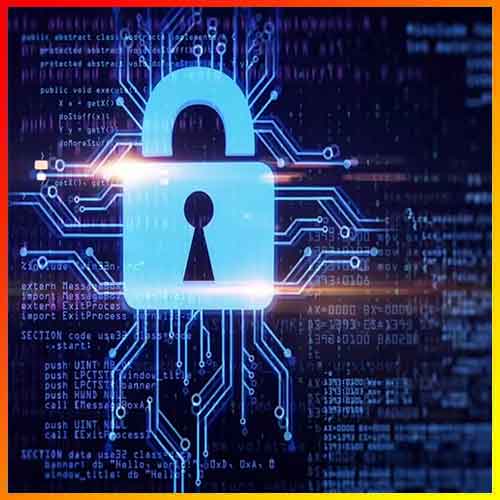
Smaller data centers that are closer to the customer edge require light-speed connectivity, and 5G Wireless happens to have that in spades. Edge computing and it is to move the hosting of computing services as close as possible to the people who will use them, minimizing distance to expedite service delivery. Edge computing became part of the 5G Wireless mandate when engineers realized the same mechanism that reinforces a data communications network can reinforce a data processing network. The combination of HCI and edge computing will give AI the tools to evolve to the next level, enabling smarter and faster decision making for organizations.
The coronavirus pandemic has provided a real-world test of how robust many companies’ cyber defences are. What’s clear is that the old way of doing security - creating rules for what employees are allowed to do and trying to predict what might go wrong based on history - is useless in the face of rapidly changing, unprecedented circumstances. As organisations have turned on a dime to adopt new remote working practices, our R&D team have worked to make our AI available completely virtually - without employees having to leave their homes, helping them protect critical enterprise systems from cyber-threats.
Edge computing is a networking philosophy focused on bringing computing as close to the source of data as possible in order to reduce latency and bandwidth use. At the same time, the biggest challenge is the Cyber security. It affects us all – governments, schools, businesses, hospitals and every other thread in the fabric of society is vulnerable to attack.
Edge computing optimizes Internet devices and web applications by bringing computing closer to the source of the data. This minimizes the need for long distance communications between client and server, which reduces latency and bandwidth usage. Edge computing is typically thought of as a decentralized alternative to cloud computing, However, more companies are now considering using edge computing and cloud computing in tandem. Combining these technologies would move certain facets of mobile and Internet of Things (IoT) applications closer to the edge of the network. This would lower latency and quicken response times for users, while still giving other components of those applications access to the cloud, where enterprises can collect and analyze data in in a central location.
With 5G on the horizon, the importance of efficient data storage will continue to grow. Meanwhile, the computing and bandwidth capabilities needed to maintain all of that data will grow alarmingly slim. While edge computing poses a possible solution, experts doubt it will be enough.
See What’s Next in Tech With the Fast Forward Newsletter
Tweets From @varindiamag
Nothing to see here - yet
When they Tweet, their Tweets will show up here.




























